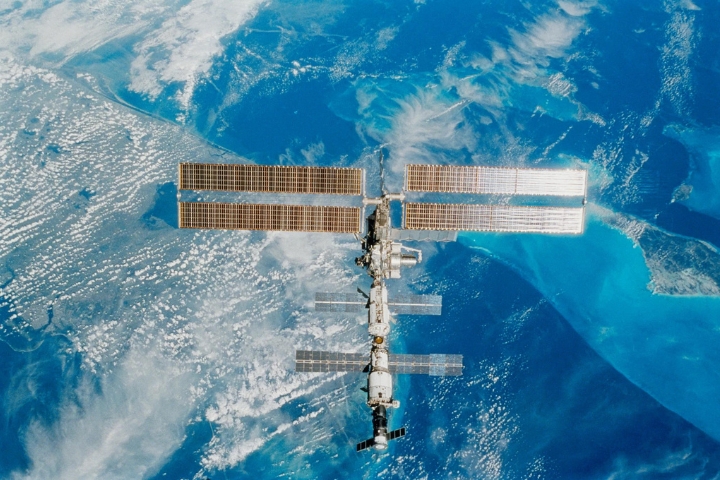NASA scientists have been grappling with a “highest-level risk” on the International Space Station, where a leak has persisted for five years without any resolution. Despite ongoing efforts, a solution to the issue has yet to be found.
Concerns Rise Over Leak in Russian PrK Module of ISS
In a recent report, NASA space officials responsible for overseeing the International Space Station voiced concerns about a small Russian section of the station. This part, a tunnel that links a larger module to a docking port, has been leaking.
U.S. and Russian officials have been aware of the condition of the small PrK module, located between the Progress spacecraft airlock and the Zvezda module, which has been experiencing a leak since September 2019.
The new report, published by NASA’s inspector general, revealed additional details about the seriousness of the issue facing the space agency. The report sheds light on the ongoing challenges and concerns regarding the problem.
In February, NASA noted that the leak rate had risen from less than 1 pound of atmosphere per day to 2.4 pounds per day. By April, the rate had further increased to 3.7 pounds per day.
Despite years of investigation, neither Russian nor U.S. officials have been able to identify the cause of the leak.
“Although the root cause of the leak remains unknown, both agencies have narrowed their focus to internal and external welds,” according to the report, signed by Deputy Inspector General George A. Scott.
NASA Plans for Increasing Concerns Over Zvezda Module Leak
NASA officials have devised a plan to reduce the risk by keeping the hatch on the Zvezda module closed. However, if the leak worsens, they might consider sealing the hatch permanently.
However, in June, Ars Technica reported that the leakage had escalated to the highest level of concern.
“In May and June 2024, ISS Program and Roscosmos officials met to discuss heightened concerns with the increased leak rate,” as per the report of the inspector general.
“The ISS Program subsequently elevated the Service Module Transfer Tunnel leak risk to the highest level of risk in its risk management system. According to NASA, Roscosmos is confident they will be able to monitor and close the hatch to the Service Module prior to the leak rate reaching an untenable level. However, NASA and Roscosmos have not reached an agreement on the point at which the leak rate is untenable,” it continued.





GIPHY App Key not set. Please check settings